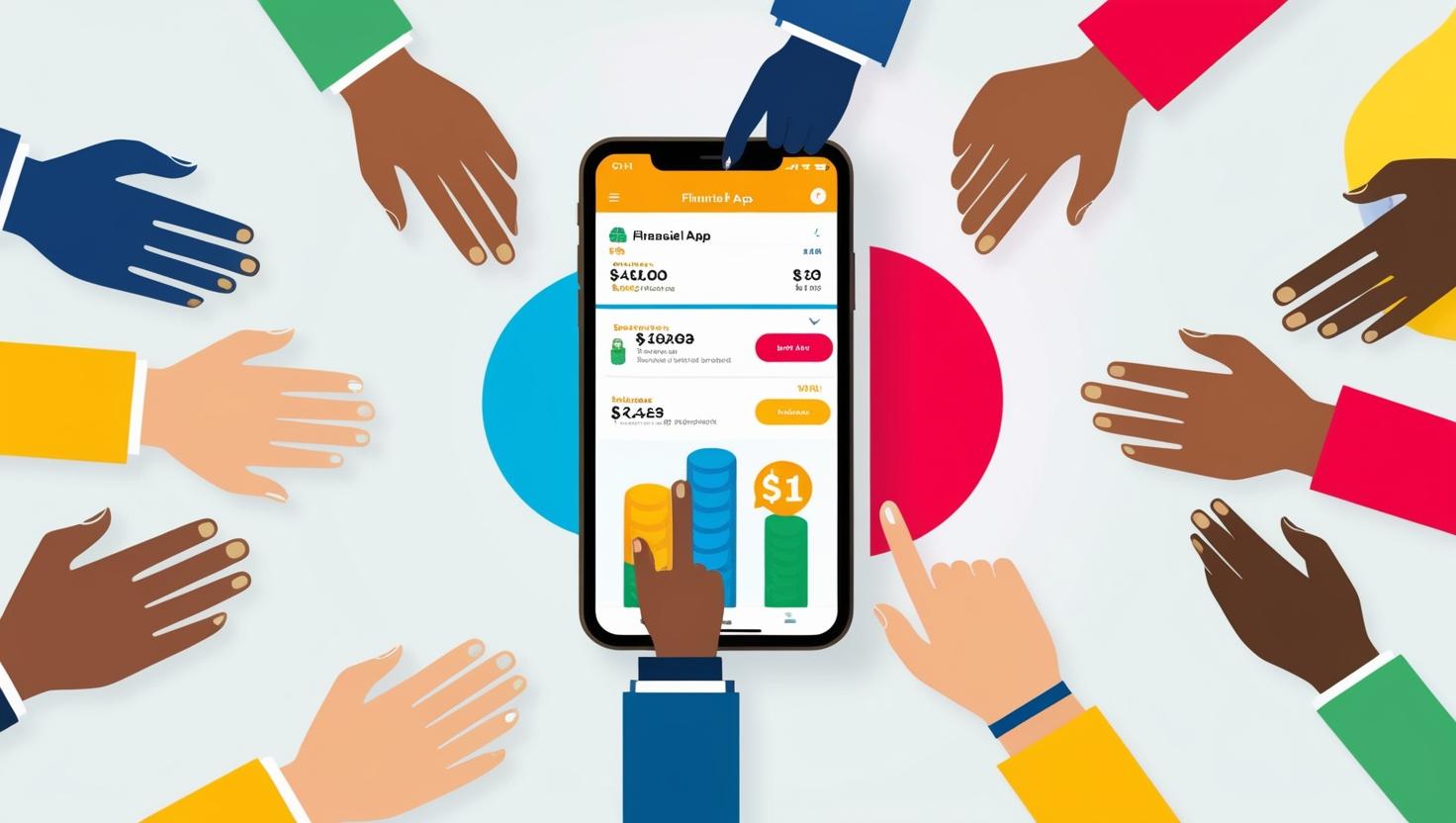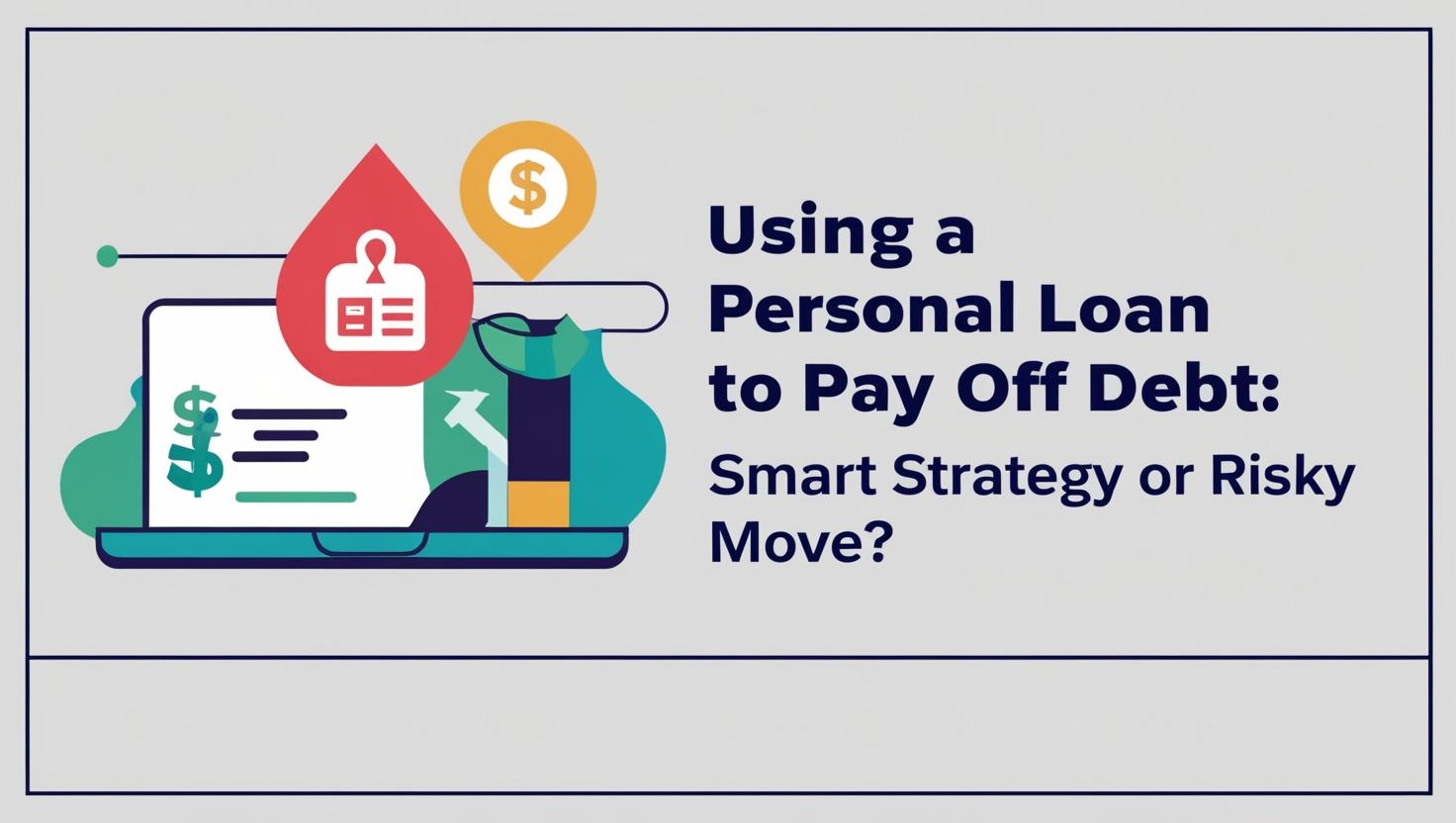Savings doesn’t have to feel like a burden. With smart strategies, you can secure your finances while still enjoying life. These 25 practical tips will help you lower expenses, raise your income and make better choices with your money. Let’s jump in!
1. Create a budget

A budget is your money plan. Start by figuring out your monthly income after taxes, including earnings from side gigs or passive income. Track each expense for 30 days using apps like Mint or a simple spreadsheet. Break your spending into must-haves like rent and groceries and extras like eating out. Use the 50/30/20 rule: 50% for needs, 30% for wants and 20% for savings or debt. Change these groups as needed but put saving first. For example if your coffee runs use too much of your money, set a $50 monthly limit. Check your plan every few months and make changes to stay on track. Keeping a budget helps you see where your money goes and lets you plan for future costs.
2. Automate your savings

Arrange automatic transfers from your checking account to your savings account on payday. Apps like Acorns round up each purchase to tuck away spare change. Employer-funded 401(k) contributions offer another quiet way to save money. Automation helps remove temptation and keeps your saving consistent.
Even $50 per month adds up to $600 each year. Setting up these processes means you won’t have to remember to save every time you get paid. It helps you build money habits that can lead to better financial stability over time. This hands-free method takes little effort and makes sure you’ll regularly put money aside for future needs and unexpected expenses.
3. Pay down high-interest debt

Credit cards and payday loans that charge interest rates above 20% really weigh down your budget. It’s smart to focus on these loans using the debt avalanche method, which means you pay off the loan with the highest interest rate first while paying only the minimum on the rest. For example, if you have a $5,000 credit card balance at 24% APR, you’ll pay about $1,200 in interest every year. By putting $200 each month toward that debt, you can save over $900 in interest in just 2 years. This approach gives you a clear way to reduce your yearly costs and makes it easier to manage your money over time.
4. Cut unused subscriptions

Cancel forgotten subscriptions like streaming services or gym memberships. Use Rocket Money to check your accounts and spot any services you’re no longer using. Many people end up wasting around $100 each month on services they don’t really need which can add up over time.
It’s smart to stop these charges so you can use that money elsewhere. Rather than letting cash slip away, put it into your savings or use it to pay down debt. Regularly check your bank statements and subscriptions to see exactly where your money goes. Checking your subscriptions every few months will help you keep track of ongoing costs and avoid any unwanted charges.
5. Use cash-back apps or cards

Apps such as Rakuten give you up to 10% back when you shop at stores like Walmart. This service is simple and easy to use so you can quickly benefit from rebates and apply them to future purchases. Pair it with a credit card that offers 2% cash back and you’ll earn extra rewards on every buy. By combining these rewards you can save money on almost every purchase when shopping online or in store. Always pay your balance in full so you don’t face interest charges and the rewards you earn stay helpful for your budget. Using these methods can help you cut costs and let you reinvest the saved money toward other monthly priorities.
6. Set spending limits

Set spending limits for non-essential areas. For example if you’re currently using $300 a month on restaurant meals, try reducing that to $200. You can use cash envelopes or app alerts to help you stick to these limits. Even small savings can add up over time. Saving $50 a week can reach $2,600 in a year. By capping your extra spending you’ll be better able to manage your budget and avoid overspending in areas that aren’t vital. When you adjust non-essential expenses you free up more cash for important financial goals. It’s worth reviewing your spending habits so you can find extra savings each month. This small change in approach can really help you build a stronger financial base for future needs and unexpected costs.
7. Cook meals at home

Eating out is 3x as expensive as cooking at home. Plan your weekly meals by checking sales and making the most of leftovers. A $10 pizza you make at home comes out better than paying $25 for delivery. Batch-cook soups or casseroles to save time.
Cooking at home not only saves money but also gives you control over what goes into your meals. When you shop during sales, you’re likely to find fresh items at lower prices and use leftovers to whip up tasty dishes for the whole week. Batch cooking lets you prepare meals ahead so you don’t have to rush when you get back after a long day. This way, you’re stretching your budget further while keeping your diet fun and varied.
8. Shop with coupons and discounts

Check Honey for promo codes during checkout. Try the service to help you save money on your online orders. Sign up for store loyalty programs to earn rewards and extra deals when you shop. Stack your discounts by using a 20% coupon together with sale prices to cut your costs even more. By saving $30 a week on groceries you’ll have an extra $1,560 in savings each year. These savings can really add up and help with bills, holiday shopping or even building a savings fund. Always make sure to check all offers available whenever you shop to get the best possible deal. Keep an eye on discount opportunities the next time you pay for your items.
9. Switch to lower-cost utilities or services

Compare different energy companies for lower rates. Save power by unplugging gadgets that still use energy when they’re off. Switching to a cheaper mobile plan can save you about $40 each month. These changes help reduce your monthly bills. They also contribute to a greener lifestyle.
Review a variety of energy suppliers and check your cell plan often to control your expenses better. It might seem like small adjustments but they can add up to real savings over time. Set aside time to look over your utilities and find other places you can cut costs. Every bit helps so start saving now so your efforts truly pay off. Remember small efforts truly make a big difference over the long run.
10. Open a high-yield savings account

Earn 4-5% APY compared to the mere 0.01% you typically get from regular savings. A deposit of $10,000 now gives you over $400 in interest each year. If you’re looking for easy access to your funds with no fees, Ally or Marcus is a solid choice.
These accounts let your money work harder than in a standard bank account and provide a hassle-free way to grow your savings steadily over time while keeping your funds available whenever you need them. It’s a practical strategy to boost your financial growth steadily and keep your funds safe with simple access. By choosing accounts that offer competitive interest rates, you’ll be taking a smart step towards a better financial future with minimal complications.
11. Use rewards and loyalty programs

Get the most out of points from grocery stores, gas stations or airlines.
Trade them for gift cards or trips.
A $200 flight voucher using your points beats impulse buys.
12. Refinance loans for better rates

Lower home loan or college loan rates can help you save thousands over time. For instance, if you see a 1% drop on a $200,000 home loan, you’re likely to save $120 every month. Make sure to check Credible for these deals.
Lower rates can ease your financial stress and help you manage your monthly budget better. Even small drops in rates can add up to big savings over time. People who watch for these changes often end up with extra cash for emergencies or other needs. It’s a smart idea to review your rates periodically and consider switching to lower your expenses. Tracking rate changes and taking quick action can really pay off in the long run. With these savings, your overall financial health can get a lot better.
13. Delay non-essential purchases (30-day rule)

Hold off for 30 days before buying items you don’t really need because waiting gives you time to truly think if the item is essential and whether you’ll use it often or regret not saving your cash instead helping you make smarter choices.
In many cases the urge to buy fades away as you allow yourself this cooling‐off period and realize that the excitement was temporary, often leaving you with a clearer perspective on your spending habits.
Skipping a $100 impulse purchase each week can really add up over time since avoiding such unplanned spending might save you as much as $5,200 in a year, giving you extra money for bills, savings or fun activities that truly benefit your budget.
14. Sell unused items for extra cash

Clear out clothes, gadgets or furniture on Facebook Marketplace. Selling items you no longer need can be a simple way to make extra cash and free up space in your home. Many people find that setting up a local garage sale or posting a listing on Poshmark not only clears out unwanted items but also earns them money fast. A garage sale or a Poshmark listing can help you convert your clutter into over $500 in no time by reaching buyers who appreciate quality items at fair prices. It might take a few hours to set up and see your cash grow with ease. Start today by quickly gathering unused items from every room and listing them online without delay.
15. Carpool, bike, or use public transit

Sharing rides cuts your fuel bills by 50%. When you join a carpool you share driving duties and lower your gas costs even if your schedule doesn’t match perfectly. This simple change lessens wear on your car and cuts emissions, making each trip easier on your wallet and the air. Biking to work twice a week saves you about $20 on gas.
Riding your bike helps you save money while keeping you active and supporting a healthier lifestyle. Public transit passes usually cost a lot less than parking fees. Choosing bus or train travel over driving means you save cash and often avoid the hassle of searching for a parking spot. These choices help you manage everyday travel costs in a smart way.
16. Bundle insurance policies for discounts

Bundle your home and car insurance policies to get a discount of 15 to 25% off your total cost.
Companies like Geico and State Farm usually offer rewards for combining your insurance coverage.
Saving $50 each month means you free up around $600 every year.
When you merge your insurance plans you’re reducing the hassle of managing separate policies and bills. Bundling often means a smoother process and a better deal that adds up over time. This arrangement is a practical option for folks looking to cut costs while keeping their coverage solid and affordable. It also simplifies budgeting and lets you use the extra savings on other important things. By taking advantage of this option you’re making a simple yet smart choice that benefits both your finances and peace of mind.
17. Take advantage of employer benefits

Invest in a 401(k) to get tax savings and matching contributions. If your employer gives 5% matching, that’s extra money you don’t pay for. Use tuition reimbursement to take courses that help your career grow.
Putting money in a 401(k) not only lowers your taxable income but also adds free funds from your employer. This extra cash can help your retirement savings grow more quickly over time. Tuition reimbursement means your company helps pay for some of your education costs so you can learn new skills and improve at your job. Both these benefits are smart ways to secure your financial future and boost your professional progress. They help build a solid financial base while you enhance your career opportunities.
18. Build an emergency fund first

Aim to save enough money to cover 3-6 months of your expenses.
Start with $1,000.
A $10,000 fund stops you from falling into credit card debt during emergencies.
19. Invest in short-term CDs or money market accounts

Secure your savings by placing them in a 6-month CD at a 5% annual yield. Use a laddering method to ensure you’ll have cash available every 3 months. Money market accounts provide nearly the same rates and offer extra flexibility for managing your funds. Building a CD ladder means you’ll open several CDs with different end dates so you can get money regularly without disturbing your total investment. These smart strategies work well if you’re looking for a safe way to earn interest on your cash while still keeping some funds accessible for unexpected needs or planned expenses. Choosing these options is smart for anyone planning for financial security and wanting to keep a steady flow of available funds step by step.
20. Track expenses with budgeting apps

Apps like YNAB syncs your accounts and sorts your spending. It helps you see patterns in your expenses and if you spend too much on shopping you can set alerts to warn you quickly.
This way you’ll know when you’re close to your budget limits and have a clear view of your monthly spending. This info helps you change your habits and make smarter choices. In the end being aware of your spending gives you the power to manage your money better and avoid problems. Keep a watchful eye on your budget and use simple tools to keep everything in check. Stay on track and feel secure about your financial future.
21. Avoid convenience fees by planning ahead

Pay your bills early so you avoid extra fees.
Book flights 8 weeks ahead for lower rates.
Use your bank’s ATMs to avoid $3 fees.
22. Negotiate bills like rent or cable costs

Ask your landlord if they’re willing to cut your rent by $50 each month. This small chat can lower your monthly costs and help you manage your money better. A polite conversation could lead to long-term savings and a more flexible rental agreement.
Call Comcast and ask if they can match deals offered by other providers. Even a quick 10-minute call might save you around $600 over the year easing some strain on your budget. Taking a moment to check these options shows how small efforts can lead to meaningful savings and better control over your expenses. These small negotiations can brighten your financial situation and remind you that taking simple steps often pays off greatly in the long run.
23. Save windfalls like bonuses instead of spending them

Save your tax refunds or inherited money in savings. A $3,000 bonus turns into $3,300 in a 5% high-yield savings account after 1 year.
24. Plan vacations during off-peak seasons

Visit Europe in spring or fall to enjoy 30% cheaper hotel rates.
Ski trips in January cost less than in December.
A $2000 trip goes down to $1400.
25. Review and adjust financial goals regularly

Update your goals every 6 months. Has your income gone up? Increase your retirement contributions. Adjust your budgets for new costs such as childcare.
Conclusion
Maximizing your savings starts with small and steady steps.
Set up automatic savings, reduce hidden fees and make thoughtful spending choices.
Whether you’re negotiating bills or selling items you no longer need, every tip makes a difference.
Begin with 2-3 simple methods and gradually add more approaches as you see improvements in how you manage your money.
Each small change you make now can lead to bigger savings over time and help you feel more in control of your finances.
Your future self will thank you for the care you show today.







20 responses to “Maximize Your Savings with These 25 Tips”
Budgeting Brilliance: Implementing the 50/30/20 rule has transformed my finances. Allocating 50% to needs, 30% to wants, and 20% to savings makes managing money intuitive and effective.
Automated Savings Success: Setting up automatic transfers to my savings account each payday has been a game-changer. It’s like paying myself first without even thinking about it!
Debt Avalanche Victory: Tackling high-interest debts using the avalanche method has saved me a significant amount in interest payments. Watching those balances shrink is incredibly motivating.
Subscription Scrutiny: Reviewing and canceling unused subscriptions revealed I was spending over $100 monthly on services I rarely used. Redirecting that money to savings has been rewarding.
Spending Limits Liberation: Setting strict budgets for non-essential spending, like dining out, has helped me save more without feeling deprived. It’s all about mindful choices.
Grocery Game Plan: Meal planning and sticking to a shopping list have curbed impulse buys and reduced food waste, leading to noticeable savings each month.
Energy Efficiency Endeavors: Simple changes like switching to LED bulbs and unplugging electronics when not in use have lowered my utility bills more than I expected.
DIY Delights: Embracing DIY projects for home decor and gifts has not only saved money but also added a personal touch to my surroundings and presents.
Second-Hand Savvy: Shopping at thrift stores and online marketplaces has allowed me to find quality items at a fraction of the cost, making frugality feel fashionable.
Public Transport Triumph: Opting for public transportation over owning a car has significantly reduced my monthly expenses, including gas, insurance, and maintenance.
Staycation Satisfaction: Exploring local attractions instead of expensive vacations has been surprisingly fulfilling and budget-friendly.
Financial Literacy Leap: Investing time in financial education has empowered me to make informed decisions and identify new saving opportunities.
Side Hustle Hustle: Starting a side gig has provided extra income that goes directly into my savings, accelerating my financial goals.
Generic Brand Genius: Switching to store-brand products for groceries and household items has cut costs without sacrificing quality.
Loyalty Program Perks: Joining loyalty programs at frequently visited stores has led to discounts and rewards that enhance my shopping experience.
Interest Rate Investigation: Refinancing loans to secure lower interest rates has decreased my monthly payments and total interest paid over time.
Emergency Fund Empowerment: Building an emergency fund has provided peace of mind, knowing I’m prepared for unexpected expenses without derailing my budget.
Financial Goal Setting: Clearly defining short-term and long-term financial goals has kept me motivated and disciplined in my saving habits.
Community Sharing: Participating in local swap groups and sharing resources with neighbors has fostered a sense of community while saving money.
[…] real life. For years, I struggled to stretch my income from one payday to the next. Bills piled up. Savings felt impossible. And unexpected expenses always hit at the worst time. I know the pressure, the […]